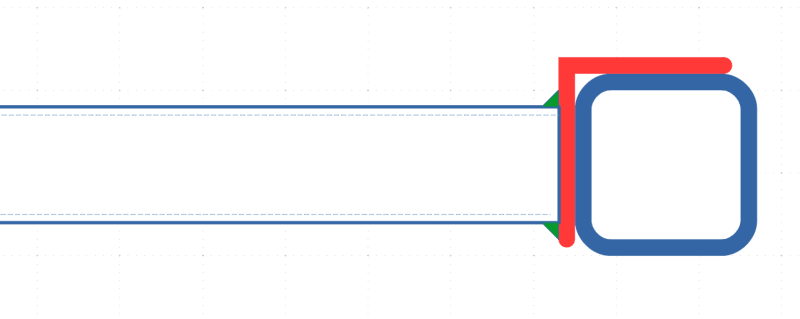GD_P
Structural
- Apr 6, 2018
- 128
Hello Forum,
I am dealing with structure made up of square HSS. I have few queries regarding design of pin / shear connection.
Please find the attached image of 2 options of shear connection.
In option 1, how to determine the thickness te? SCI recommend to use min thickness required to distribute loads from fin plate to welds surrounding beam web in ratio of 2.5 to 1, which is very high in my opinion. For e.g., of I have 150 wide square HSS beam, this means the thickness te has to be (150/2)/2.5 = 30 mm, which is too high irrespective of the forces to be transferred to through it. Correct me if I am wrong & suggest alternative method for determinating te.
In option 2 we have extended the plate inside the sq. HSS beam up to depth d. How to evaluate this depth? Any suggestion will be very helpful.
Regards
GD_P
I am dealing with structure made up of square HSS. I have few queries regarding design of pin / shear connection.
Please find the attached image of 2 options of shear connection.
In option 1, how to determine the thickness te? SCI recommend to use min thickness required to distribute loads from fin plate to welds surrounding beam web in ratio of 2.5 to 1, which is very high in my opinion. For e.g., of I have 150 wide square HSS beam, this means the thickness te has to be (150/2)/2.5 = 30 mm, which is too high irrespective of the forces to be transferred to through it. Correct me if I am wrong & suggest alternative method for determinating te.
In option 2 we have extended the plate inside the sq. HSS beam up to depth d. How to evaluate this depth? Any suggestion will be very helpful.
Regards
GD_P

